Hiking in the rain, though it might initially seem to be an inconvenient or even uncomfortable endeavor, can actually provide an entirely unique and invigorating experience. From the distinctive aroma of the damp earth to the enhanced color palette of the natural world, the rainy landscape offers its own special allure.
However, to fully enjoy these sensory delights while also remaining dry and comfortable, hikers must equip themselves with the right gear and knowledge. The following discussion will provide an in-depth exploration of various strategies, ranging from choosing suitable trails and outfits to setting up a dry and cozy camp, that can help you embrace and triumph over the challenges of hiking in rain-soaked scenarios.
Your journey into the heart of these rainy landscapes awaits.
Key Takeaways
- Invest in high-quality waterproof gear, including a rain jacket, hiking pants, shoes, and a backpack with rain cover or liner.
- Choose trails that have less slippery paths and avoid steep trails with slippery rocks.
- Be cautious of hazards such as flash floods, falling trees, and strong winds during rainy hikes.
- When setting up camp, select an elevated location away from bodies of water that may flood and use natural windbreaks for added protection.
Selecting the Right Gear
Embarking on a hike in the rain necessitates the careful selection of gear, with a focus on waterproof and breathable materials that offer both comfort and protection. The essence of staying dry during a rainy hike lies in the quality of the rain gear you choose. A well-ventilated rain jacket is a must-have, providing a shield from the rain while allowing your body to breathe. Waterproof hiking pants, also known as rain pants, offer similar protection for your lower body.
Choosing waterproof hiking shoes with good ankle support is also crucial, and gaiters provide an additional layer of water protection for your footwear. To safeguard your belongings, a waterproof backpack is recommended. Consider using a rain cover or a waterproof pack liner to ensure your gear remains dry.
Investing in quality gear from trusted brands such as REI Co-op can significantly enhance your comfort and protection when hiking in the rain. Remember, selecting the right gear is not just about staying dry; it's about creating an enjoyable, worry-free hiking experience, regardless of the weather.
Choosing Your Trail Wisely
Having established the importance of proper gear, it's equally vital to consider the nature of the trail itself when planning a hike in the rain. Choosing your trail wisely is a core part of ensuring you stay dry and comfortable, even when mother nature decides to shower the earth.
Consider opting for trails that run through forests or alongside rivers. These trails are often less slippery and provide an enjoyable experience, even on rainy days. Furthermore, trails that lead to waterfalls or lakes can offer serene views that are particularly beautiful in the rainy season.
However, bear in mind that rain can make trails and rocks more slippery than usual. Therefore, it's safer to avoid steep trails, especially during bad weather. Crossing rivers could also be challenging and risky in the rainy season.
| Trail Type | Suitability for Rainy Hikes |
|---|---|
| Forested | Good, less slippery trails |
| River-side | Good, scenic views |
| Steep | Bad, slippery rocks |
| Crossing rivers | Risky in the rainy season |
Dressing Appropriately for Rain
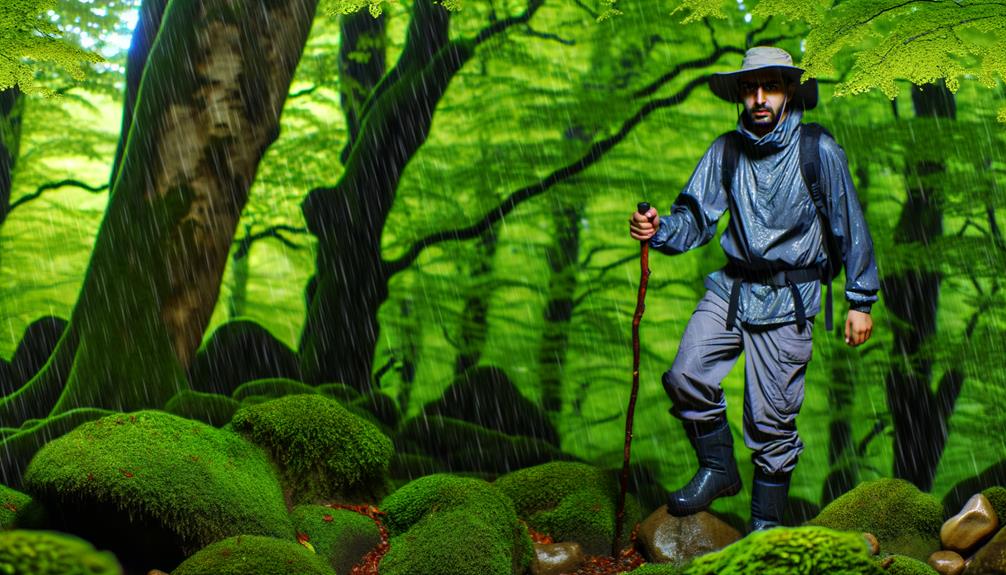
When preparing for a rainy hike, selecting the appropriate attire is of paramount importance to ensure both comfort and dryness throughout your journey. The essence of hiking in the rain is to wear materials that keep you dry. Opt for synthetic or natural fibers like wool, which naturally wick moisture away from the skin.
Invest in high-quality rain jackets and waterproof pants. Good rain jackets are not just waterproof but also feature armpit zips for better ventilation, keeping you dry from both the rain and perspiration. Waterproof pants should ideally have zippers at the bottom, making them easy to put on or take off over your hiking boots.
Speaking of boots, waterproof hiking shoes paired with gaiters provide excellent water protection. Don't forget to wear wool socks for added warmth and moisture control.
And remember, a positive attitude can make any rainy hike an enjoyable experience.
Packing for a Wet Hike
When preparing for a wet hike, thoughtful packing is crucial to ensure comfort and safety. Key considerations include selecting essential rainproof gear and methods to waterproof your backpack.
In the following section, we will discuss these topics, offering practical advice to keep you dry and comfortable on your adventure.
Essential Rainproof Gear
What essential rainproof gear should you pack for a wet hike to ensure you stay dry, comfortable, and enjoy your adventurous journey despite the weather conditions?
Firstly, investing in quality rain jackets, waterproof hiking pants, and hiking boots is vital for protection against hiking rain. These items, paired with ankle-supporting boots and waterproof socks, provide the ultimate shield against wet conditions during your rainy hiking adventure.
Don't forget to pack a backpack cover, dry bags, and even consider plastic garbage bags for added protection of your gear. Trekking poles can aid mobility in slick conditions, and a waterproof tent and sleeping bag will ensure a cozy and dry night.
Waterproofing Your Backpack
Ensuring your backpack is adequately waterproofed is a crucial aspect of preparing for a wet hike, as it directly affects the dryness of your belongings and, ultimately, your comfort throughout the journey. Some packs come with built-in waterproofing, but for those that don't, a pack liner, stuff sack, or large plastic bags can be used. These options help prevent water from soaking the contents inside your pack, ensuring a successful backpacking trip regardless of the weather.
| Item | Purpose |
|---|---|
| Pack Liner | Provides an additional layer of protection within your pack |
| Stuff Sack | Protects individual items, particularly clothing |
| Plastic Bags | A cost-effective way to separate and waterproof items |
| Rain Cover | Shields the exterior of your pack to keep your gear dry |
Understanding Rain-Related Hazards
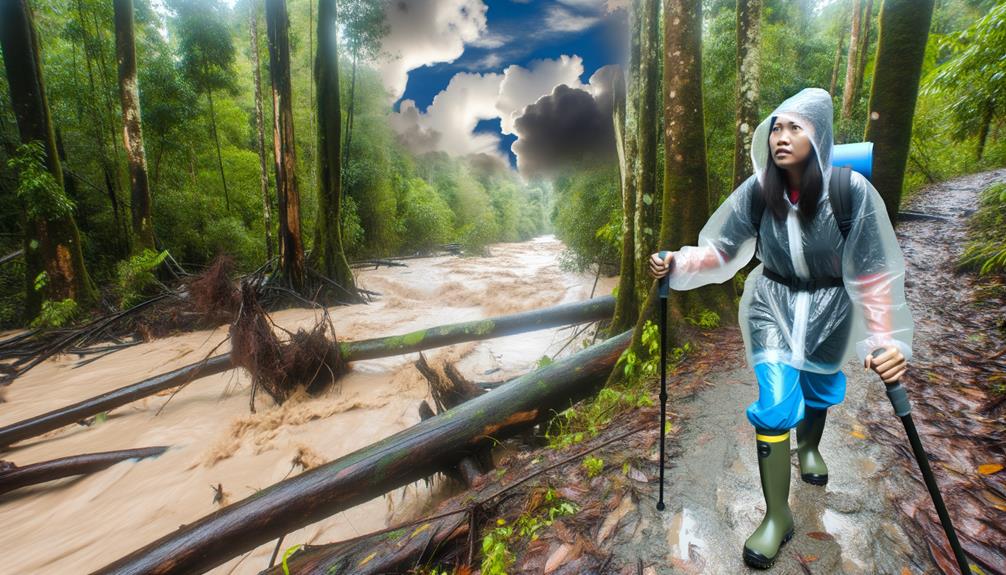
Navigating through the rain-drenched pathways of the wilderness presents a unique set of hazards, each requiring a keen understanding and cautious approach to ensure safety and comfort. When hiking in the rain, it is crucial to have a clear comprehension of rain-related hazards. These can range from slippery surfaces, flash floods, and falling trees to the dangers posed by strong winds and heavy rainfall.
In rainy weather, staying dry and comfortable is of utmost importance. To maintain this, one must stay warm, as cold, wet conditions can lead to hypothermia. Recognizing early symptoms and staying prepared can help prevent this. It is also vital to keep in mind the risk of flash floods, especially in canyon areas.
Having the right mindset can make a significant difference when dealing with these hazards. Avoid hiking during thunderstorms and seek immediate shelter if caught in an open area. Be aware of the risks that come with saturated ground, such as falling rocks or trees.
Tips for Setting Up Camp
Setting up camp in rainy conditions requires strategic planning and execution.
The first step is choosing the right spot, which can significantly impact how dry and comfortable you remain.
Furthermore, the way you set up your tent and organize your belongings inside can also make a significant difference in your overall camping experience.
Choosing the Right Spot
When it comes to establishing your campsite, selecting the right location is crucial for staying dry and comfortable during a rainy hiking trip. Here are some tips to help elevate your comfort level and ensure you stay dry & comfortable even when the rain doesn't stop:
- Choose a spot on higher, drier ground to minimize condensation on a wet day.
- Seek sites under trees for a warmer, more protected microclimate, but avoid damaged limbs or trees that may pose a hazard.
- Prevent pooling of rainwater by avoiding camping in low areas between high areas.
- Orient your tent doors away from the wind to prevent rain from blowing in.
Weatherproof Tent Setup
Having selected the optimal location for your campsite, the next crucial step involves setting up a weatherproof tent to ensure a dry and comfortable camping experience despite the unpredictable rainy conditions.
Start by packing your gear inside a bag to keep it dry, ensuring you have all components for a weatherproof tent setup. This includes a cover or tarp and a footprint for extra protection from wet ground.
Practice pitching your tent at home to become efficient and ensure a secure setup under any conditions. Remember to orient tent doors away from the wind to prevent rain from blowing in.
Lastly, adhere to the Leave No Trace principle by packing out everything you brought, keeping our natural environments pristine.
Organizing Inside the Tent
Efficient organization within your tent can significantly elevate the comfort and functionality of your campsite, especially during periods of rain.
- Make sure to keep your sleeping bag inside a waterproof bag to stay dry even in a lightweight rain.
- Store an extra pair of camp shoes and dry socks in a separate bag to ensure dry and warm feet without getting your sleeping area wet.
- Organize your gear so that items used frequently are easily accessible.
- Use a small towel to wipe down any condensation inside the tent.
- Even in wet weather, maintain a tidy space to boost morale and create a homely atmosphere.
Frequently Asked Questions
How Do You Walk in the Rain and Stay Dry?
For a rainy trek, select trails wisely, wear waterproof fabrics and dry layering, carry rainy day gear, and check weather forecasts. Use rainproof packs, manage hydration, and set up camps efficiently to avoid hypothermia.
How Can You Stay Dry When You Go Out in Rainy Weather?
To stay dry in rainy weather, opt for waterproof clothing and rain ponchos. Check the weather forecast and time your outdoor activities accordingly. Use moisture wicking fabrics and smart layering. An umbrella and protective gear also help.
How Do You Keep Your Shoes Dry When Hiking in the Rain?
To keep your shoes dry when hiking in the rain, opt for waterproof footwear, use rain gaiters, or shoe covers. Consider moisture-wicking socks, implement drying techniques, and maintain your footwear properly to prevent water seepage.
How Do People Keep Themselves Dry in the Rain?
To stay dry in the rain, consider raincoat selection, waterproof backpacks, and umbrella versatility. Quick-drying clothing and waterproofing methods are key. For camping, consider rainy campsite setup, shelter building techniques, and drying wet gear.
Conclusion
In conclusion, a successful rain hike hinges on preparation, choice of gear, and understanding of potential hazards.
With over 70% of hikers reporting enhanced experiences in wet conditions, the allure of such adventures is undeniable.
By adopting these practical tips and maintaining a positive outlook, one can turn a rainy hiking scenario into a memorable and enjoyable outdoor experience, thus demonstrating the inherent adaptability of human beings to diverse weather conditions.
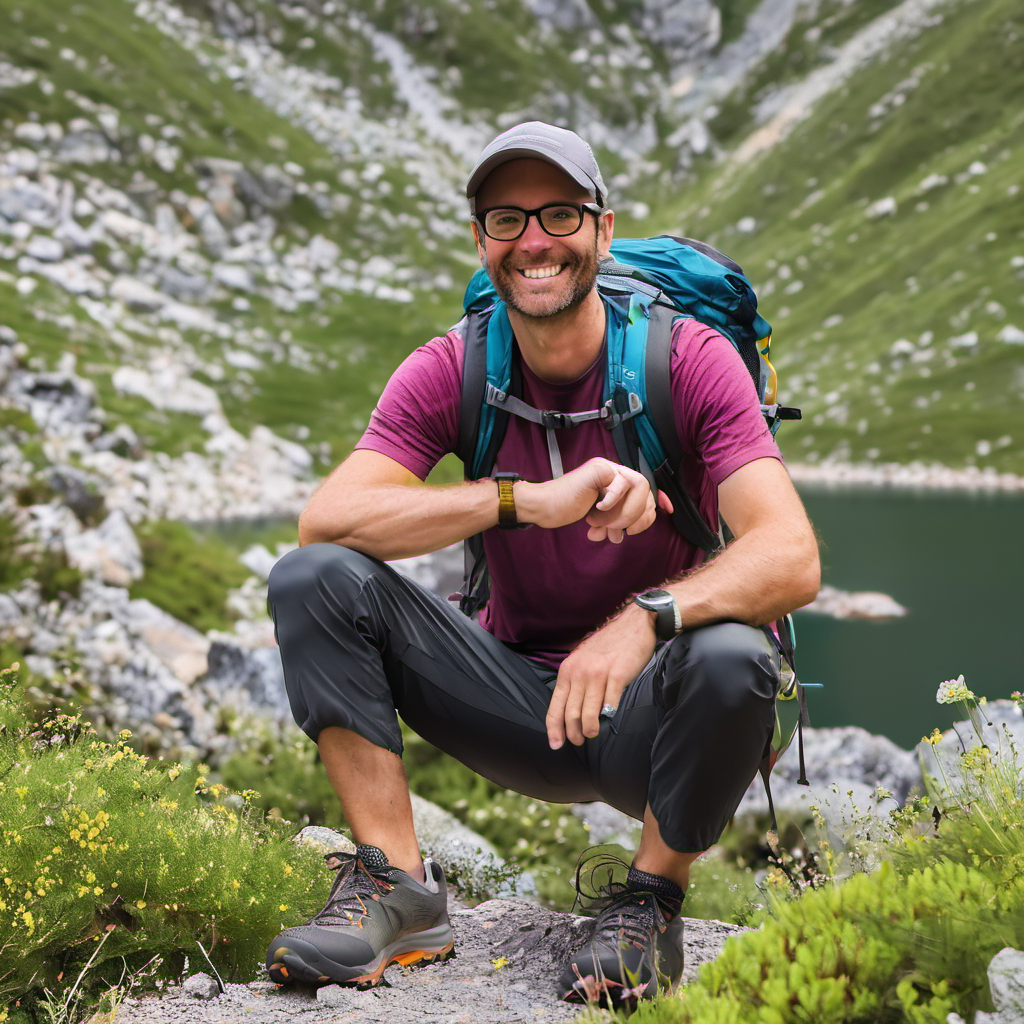
With years of extensive experience, I specialize in evaluating waterproof hiking shoe options across various brands. My goal is to offer valuable insights and recommendations, enhancing your hiking experience with tips and suggestions for a more adventurous and comfortable journey.

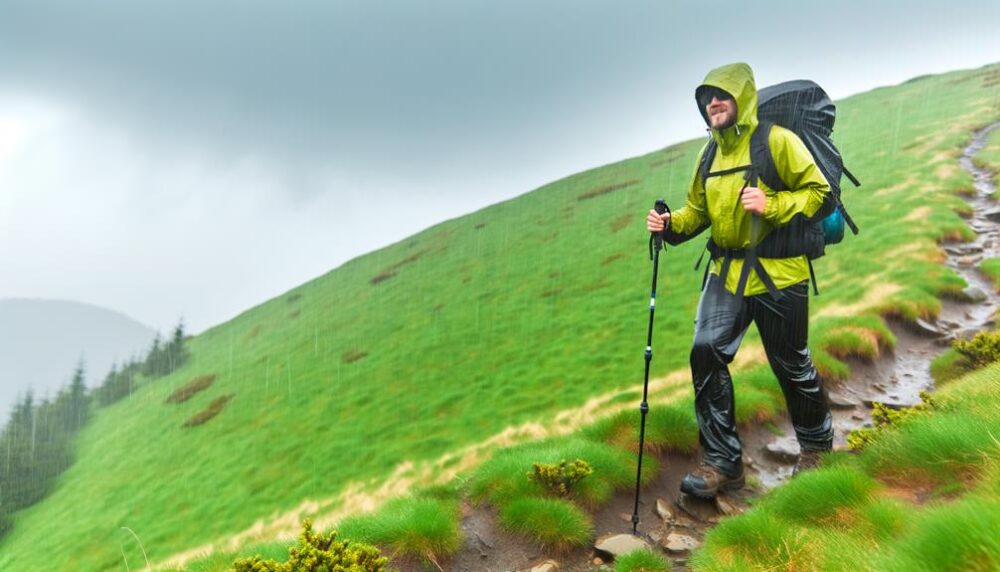
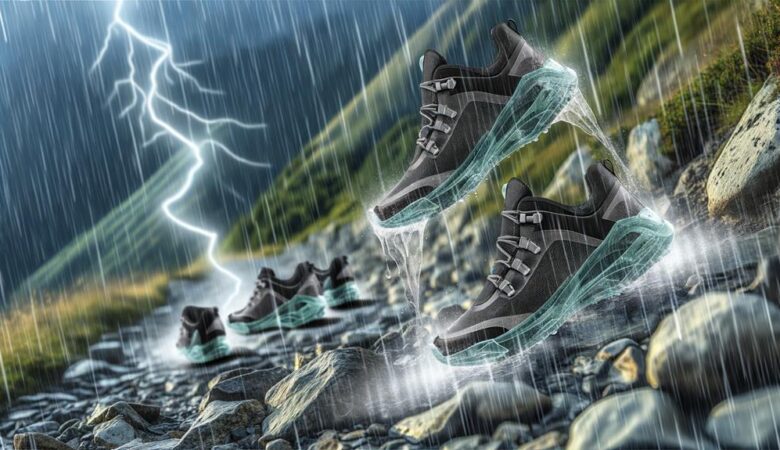
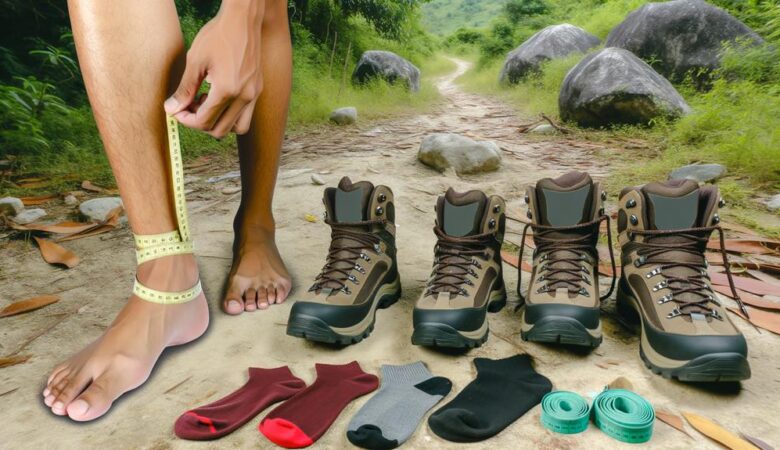
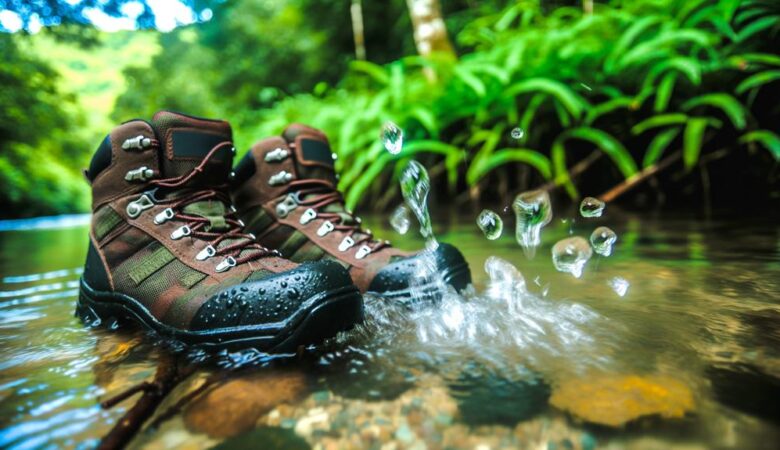
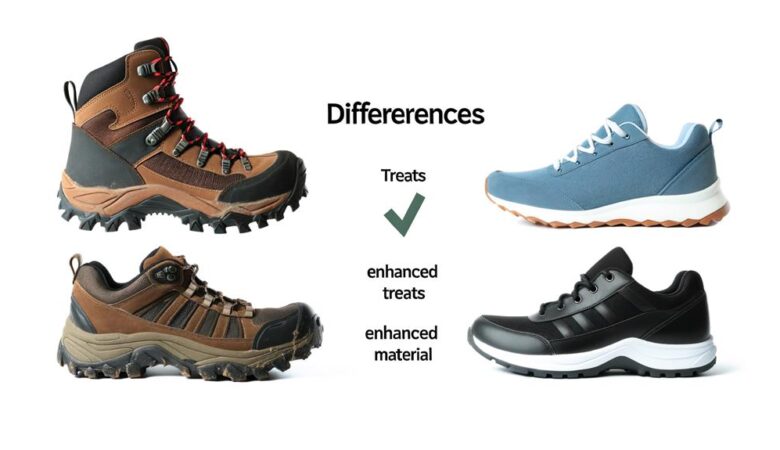
Leave a Reply